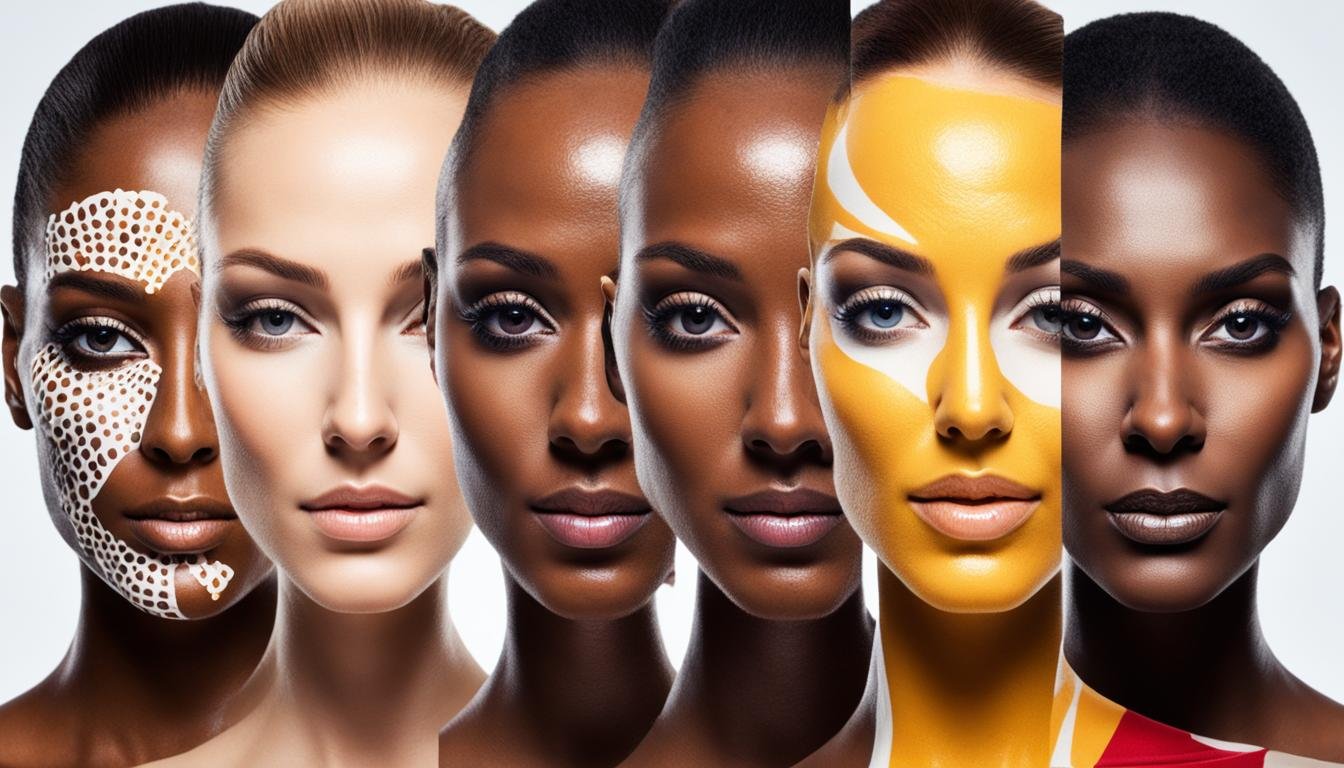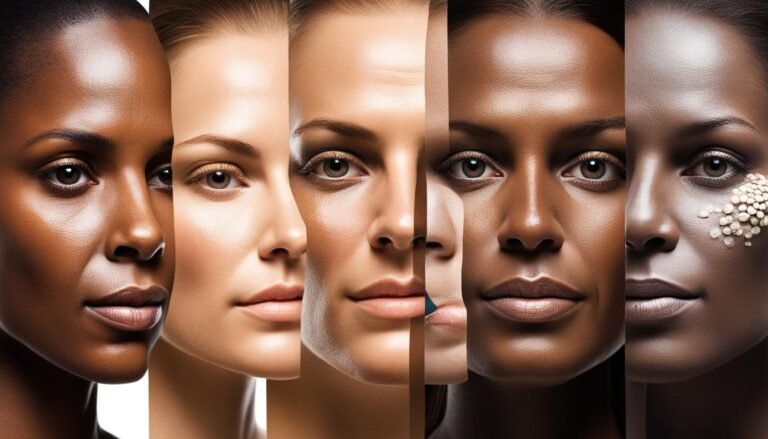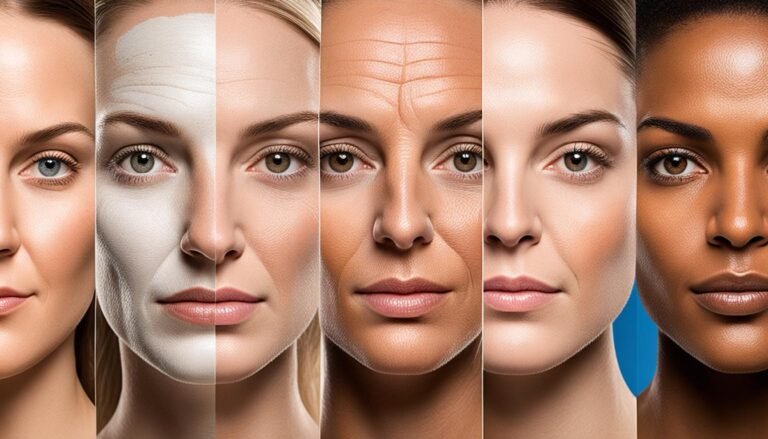Do all humans have melanin?
Have you ever wondered what gives us our unique skin, hair, and eye colors? Is it the absence or presence of melanin? Melanin is a natural substance that plays a crucial role in shaping our appearance. But do all humans have melanin? Let’s dive into the fascinating world of melanin and explore its significance in determining our pigmentations.
Humans, regardless of their ethnic background or skin tone, have melanin. It’s the pigment responsible for the color we see in our hair, skin, and eyes. However, the amount and type of melanin produced can vary between individuals, resulting in differences in skin, hair, and eye colors.
Melanin is produced by special cells called melanocytes. Interestingly, everyone has the same number of melanocytes, but the amount of melanin they produce can differ. This variation in production is determined by genetics, with individuals inheriting amounts similar to their parents.
There are three types of melanin found in humans: eumelanin, pheomelanin, and neuromelanin. Eumelanin produces dark colors, pheomelanin contributes to pinkish hues, and neuromelanin controls the colors of neurons.
But melanin isn’t just limited to our skin, hair, and eyes. It’s also present in other parts of our body, including the deepest layer of the skin, the iris and pupil of the eye, hair, the inner ear, and even certain areas of the brain and adrenal glands.
So, while individuals with darker skin naturally produce more melanin, all humans have melanin, albeit in varying amounts. Melanin serves as a protective barrier against harmful UV rays from the sun and helps eliminate reactive oxygen species, reducing the risk of damage to the skin and overall health.
It’s worth noting that regardless of your skin tone, it is crucial for everyone to wear sunscreen and have regular skin checks for early detection of skin cancer. Protecting our skin should be a priority for all of us, irrespective of our melanin levels.
Key Takeaways:
- All humans have melanin, regardless of their skin tone.
- Melanin is responsible for the color of our hair, skin, and eyes.
- The amount and type of melanin produced vary between individuals.
- Melanin serves as a protective barrier against harmful UV rays.
- It is important for everyone to wear sunscreen and have regular skin checks for early detection of skin cancer.
The Role of Melanin in Skin, Hair, and Eye Color
Melanin plays a crucial role in determining the color of our skin, hair, and eyes. The production of melanin by melanocytes, special cells in our body, determines the specific colors observed in these areas.
Eumelanin, the most common type of melanin, is responsible for creating dark colors in our hair, eyes, and skin. It consists of two forms: brown and black eumelanin. The variation in hair color arises from different ratios of these forms, resulting in black and brown hair.
Blonde hair occurs when there is a small amount of brown eumelanin and no black eumelanin present. On the other hand, pheomelanin contributes to pinkish shades in certain body parts like the lips and nipples. Red hair, interestingly, is the result of equal amounts of pheomelanin and brown eumelanin.
The presence of melanin in our skin serves as a natural protective barrier against harmful UV radiation from the sun. Melanin absorbs UV rays and helps reduce the risk of sunburn and skin damage. However, it’s important to note that even individuals with darker skin tones need to take precautions and protect their skin with sunscreen to prevent sunburn and the potential long-term effects of sun exposure.
Throughout the article, we have explored the significance of melanin in determining various aspects of our physical appearance, such as skin color, hair color, and eye color. Melanin not only adds diversity and beauty to our world but also plays a crucial role in protecting our skin from the harmful effects of the sun’s rays.
Melanin Related Conditions and Myths
Issues with melanin production are linked to various skin pigment conditions. One such condition is albinism, which is characterized by very little melanin production. Individuals with albinism often have white hair, blue eyes, and pale skin. It is important for people with albinism to take precautions to protect their skin from sun damage, as they are more susceptible to its harmful effects. Regular use of sunscreen and protective clothing can help minimize the risk.
Melasma is another skin condition related to melanin production. It causes brownish patches on the face and is thought to be influenced by hormones, birth control pills, and sun exposure. Treatment for melasma typically involves a combination of sun protection, prescription creams, and cosmetic procedures to manage and reduce the appearance of these patches.
Vitiligo is a condition that occurs when there is a loss of melanocytes, resulting in smooth white patches on the skin. Treatment options for vitiligo include the use of dyes to darken the affected areas, light therapy to repigment the skin, and medication to slow down the progression of the condition. It is important to note that skin damage, such as burns or infection, can lead to pigment loss in the affected area.
In addition to these conditions, melanin deficiency has also been associated with other health issues. Parkinson’s disease and hearing loss have been linked to low melanin levels. It is crucial for individuals of all races to wear sunscreen daily and have regular skin checks, as skin cancer can occur in individuals with any skin tone. While individuals with darker skin may have lower rates of skin cancer, they are more likely to have a later-stage diagnosis and worse prognosis. Therefore, proper sun protection and regular skin checks are essential for everyone, regardless of skin tone.






